We’re working together with our friends at Electronic Music Conference! You will be able to catch two keynotes and a workshop focused on the benefits and pitfalls of the data heavy music world with: ‘Off The Charts’ with Mike Warner from Chartmetric, ‘Transparency: Clear as mud!’ with Jay Mogis from Nightlife/QUT and ‘Social media and multi channel digital: monetising your reach, engagement and collective online touch points’ with Eamon Chiffey, Trebl (see program for details).
The benefits of music data in 2018 are an unavoidable reality. Any average Joe can see who their audience is, when they’re looking, where they are, and so much more – with just a bit of research and adjustments to your social media pages. But unsurprisingly, it’s clear we have a very real overdose of it. In fact, its probably influenced how you think about music on this very day – where you’ve dismissed a song on sight because it doesn’t have many streams, or didn’t hear about a piece of music news because it didn’t gain traction fast enough for the evil algorithms of the internet.
Do these downfalls outweigh the good? After all, there are ways to get around these issues as an artist. From streams, to likes, to followers, with the use of data, and a bit of brain power and creativity, you can use music data to do some serious good to your career – and more importantly, get your music into the ears of people that are likely to dig it!
We spoke to two industry bosses in the field of music data, streaming, and analytics, to try and make sense of how artists can use this flood of information to advance their careers. They also clear up a few negative myths about music data – namely that music data is a new phenomenon, is the death of creative choice, or that industries arising out of it are scamming artists. One of those people is Mike Warner – Artist and Label Relations manager for one of music data’s most prized startup success stories, Chartmetric.
Chartmetric’s range of metrics and insights provide powerful tools to every role in the music industry, from independent artists trying to understand their audience, to major labels looking at multi-million dollar deals. Chartmetric tracks social media, radio play, streaming playlist growth, online charts and much more.
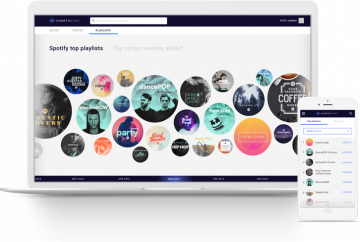
Mike sees the primary challenge musicians face today as being unable to break through the noise – and sees data as the solution to that problem.
“I feel like it used to be about who you know, as well as being in the right place at the right time. Now the floodgates have opened, and all artists have the opportunity to get heard and to be successful. This makes it challenging for artists to cut through the noise,” says Mike.
On the other hand, Eamon Chiffey works on the more practical side of music data. His company, Trebl, does indeed provide a Digital Health Check to their clients, taking data from across the online sphere and presenting it visually for analysis. But their services focus more on using that data to shape decisions in artist branding, marketing, and social media strategy.
“Although the music industry does have some amazing technology such as software, data and analytics at its disposal, in general, these powerful tools are not being used anywhere close to the level of international organisations in other mainstream industries like your Coca-Cola’s and Sony’s of the world,” says Eamon.
Mike says the music industry’s infatuation with data is nothing new. If 10 years ago, you were the kind of person who based your music tastes on what was sitting in the top ten on iTunes, you were not alone.
“I think it’s worth noting that the music industry has always been a data industry. That data used to be charts, tour schedules, radio playlists. The data was pretty limited but was used widely throughout the industry. It informed decision-making. Even A&R people who used “gut instinct” were only able to use the gut instinct because they knew a huge amount about what works and what doesn’t work. So data is nothing new, but now there is an awful lot more of it!” says Mike.
Based on small amounts of data like record sales, the Billboard Hottest 100, and all listed above, decision makers would choose who to sign, who to boot, and who to shoot to the top. But there was no way to understand things like listening habits, musical tastes, or how long it took for someone to become fed up with a song and switch radio stations desperately.
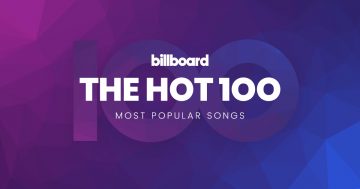
Nowadays, things are very different – and if you’re not using data to shape your decisions, most of the industry would argue you’re going to get left behind, drowned underneath the stream counts of your competitors.
“Not understanding data is simply not an option for labels, management, nor artists. It would be like trying to do business today without email and cell phone – sure, there is no reason why you can’t do business without email and cell, but you’re going to be making life really difficult for yourself, and are unlikely to ever succeed!” says Mike.
New industries have even arisen from the rise of streaming, playlisting, and analytics – most controversially, third party playlist pitching services, whose job is to up your streaming numbers. But be sure to read the fine print, as there are no guarantees you’ll hit the streaming jackpot by using them.
Let’s break it down. It’s a process where artists pay a pitching service for a “campaign”, and employees at the pitching services review the track. If they dig it and have the correct contacts, they’ll pass them on for another round of reviews – this time, by independent playlist curators. These aren’t employees of streaming services, but rather, individuals whose playlists have gotten widespread attention for their ability to curate and pick the best new tracks – 2018’s version of the radio DJ.
Paid by the playlist pitching company for their time, these curators listen to each and every track, and will add it to their playlist if it’s a good fit – but if not, they’ll provide the artist and track with valuable feedback for future releases.
Chartmetric’s features allow anyone to analyse the success of a playlist – from the number of followers, to how often they are updated. Through this information, they can hunt down pitching services with connections to specific curators and playlists that best suit their needs.
So we asked Mike – whilst radio pluggers and digital/press publicists have existed for many years, are playlist pitchers a necessary middleman for artists to gain access to independent curators? What would be so wrong with artists hunting down emails and pitching themselves, in a similar way to how many approach gaining blog coverage?
“They aren’t a necessity but here’s something to consider. [Playlist pitching services] have the contacts you don’t, and can save you time which is better focused on creating more music, versus creating spreadsheets and mailing lists. The same can be said for playlist pitching companies and individuals, would you prefer to spend your week trying to contact every relevant curator and pitch them, or pay someone to do it for you,” says Mike.
“Some might say it takes the creativity, rawness, and luck out of music – or even restricts less-financially-able artists from gaining streaming traction. If you’re ultra-focused on upping your social and streaming numbers, can you also make great art and fulfil yourself creatively? To those who believe that you can’t, Eamon is the devil’s advocate. He says that if your goal is to stand out and rise up, you need to consider business demands over creative ones – most, if not all of the time
“It’s how an individual uses their entrepreneurial skills to navigate the landscape that will define you from your peers. In the music industry, the most important thing that I say to any artist that I meet, is that you are a business first, and an artist second,” says Eamon.
And of course, not all will agree with that statement. But as he continues, Eamon told us more about how data doesn’t always mean the death of creativity. In fact, he says you can use data to guide your creative decisions.
“Data can be used in so many ways when looking to position yourself digitally. I never tell an artist how to position themselves, as they, after all, are the artist, so they know themselves best. What I will say though is that data can give some really fantastic insights into what other artists who have a similar sound are doing, what is working for them and what isn’t. These insights can assist an artist to make more educated decisions about their own brand and digital presence through different types of content and social media channels,” says Eamon.
Data versus creativity isn’t as much of a battle as it’s made out to be. You don’t need to make decisions that sit at the far end of either extreme. To use data correctly, you need to find somewhere where what’s good for your career, and what fuels you creatively, meet in the middle.
As an artist, you understand who you are, and what you want to put out into the world. Pushing something recognisably fake for the sake of appealing to digital trends is a bad move – and the world will see right through it. On the other hand, it’s also a waste of your time to take stabs in the dark and guess what your audience wants – especially when the information is out there, and readily available!
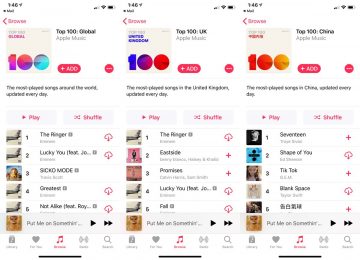
Mike explains that instead, you can look at artists who are doing similar things to you, analyse their success through data, and apply it to future releases.
“If you’re releasing independently, you could use Chartmetrics to look at a similar song, then go down to ‘Related Playlists’ which shows similar playlists that the song would suit. You can search curators and playlists by genre, sort by follower count, and we have also started adding an estimated monthly listener count for some playlists.
All in all, yes, the music industry is addicted to data, and there might not be much of a way around it. But think of data as a gush of good-spirited guidance, rather than hard rules. After all, to break new ground, there still needs to be artists who create something never heard before – the artists that go against “what works”. But there’s no harm in knowing where you’re going, and what you might need to do to get there.
Both Eamon Chiffey and Mike Warner will be speaking about music data and leveraging digital tools at Electronic Music Conference. You can find out more information at electronicmusicconference.com before it kicks off November 14th and 15th!
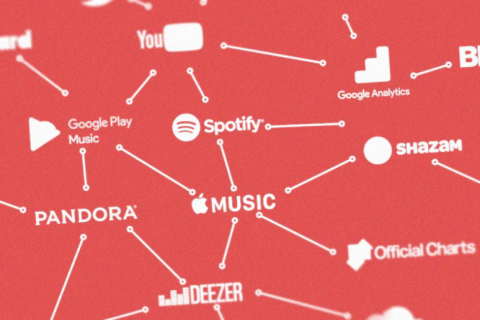


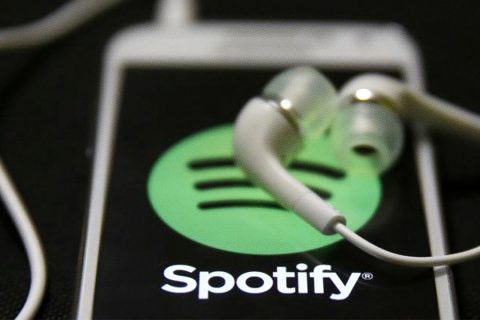

Comments